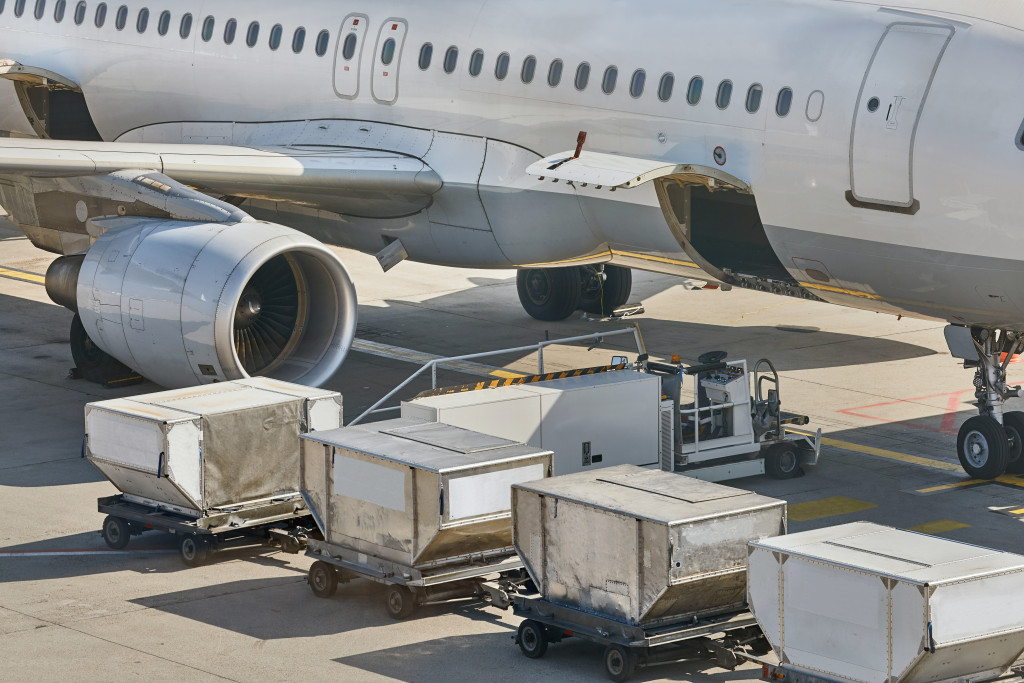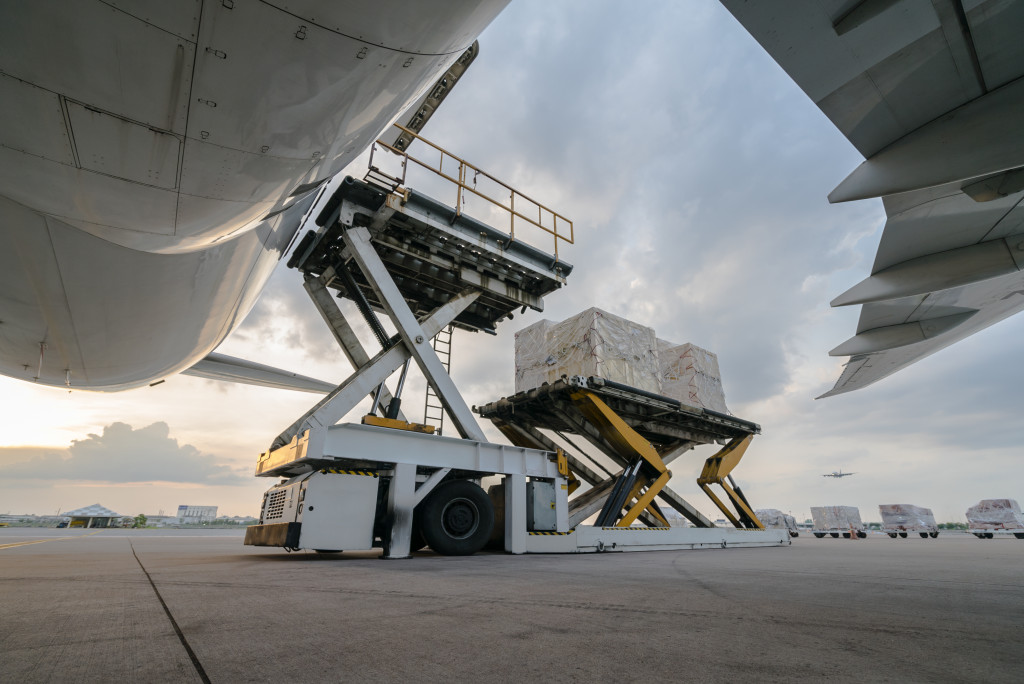• Air cargo is the fastest way to transport goods, with companies shipping over US $6 trillion worth of goods annually.
• RFID tags, advanced scanners and X-ray machines, temperature monitoring devices, and unit load devices (ULDs) enhance air cargo security.
• These solutions provide real-time updates on the cargo’s location, detect any suspicious activity, and ensure goods remain within the optimal condition.
• Implementing these smart solutions will help ensure valuable cargo’s secure and timely delivery.
The transportation of cargo via air is an efficient way to move goods quickly and safely. Air transport is the fastest way to move goods worldwide, accounting for 35% of world trade by value. With over US $6 trillion worth of goods moving globally every year, air cargo security is a priority to ensure the safe and timely delivery of those goods.
However, security measures can sometimes be inadequate when protecting cargo from theft or damage during transit. Fortunately, several smart solutions can be implemented to help ensure your cargo is secure while in transit. Let’s look at some of the most effective ways to protect your goods while in the air.
Scanner and Tag Readers
One of the most effective ways to enhance cargo security is using a scanner and tag readers. These scanners can pick up on any anomalies or discrepancies in the cargo, allowing for early detection of potential threats. Scanner and tag readers also provide real-time information on the location of shipments, which helps ensure they are always being tracked and monitored while in transit. Here are some of the most commonly used scanners and tag readers:
RFID Tags
Radio-frequency identification (RFID) tags are small chips emitting signals when a compatible reader is scanned. These tags can be attached to cargo shipments and used to track the whereabouts of goods throughout their journey. This information can then be used to identify any suspicious activity or tampering with the shipment, allowing for quick action should something go wrong. Additionally, RFID tags allow shippers and receivers to monitor the temperature and humidity levels of the shipments during transit. This can help prevent spoilage or damage due to environmental factors.
Advanced Scanners & X-Ray Machines
Another important solution for secure air transportation is using advanced scanners and X-Ray machines. These machines allow security personnel to quickly scan packages for threats or items prohibited from being transported by air, such as explosives or weapons.
Advanced scanners allow customs officials to quickly identify illegal items transported across international borders without opening the packages themselves. This helps speed up the process while ensuring security protocols are followed properly.
Here are some key features to look for when choosing a scanner and tag reader:
- Flexible scanning options—The scanners should be able to detect any type of material, including metal objects, liquids, or even hazardous substances.
- Easy integration—The scanner should integrate easily with existing systems to quickly and accurately process the data collected.
- Customizable settings—The scanners should offer customizable settings to ensure they are tailored to the specific needs of your business.

Temperature Monitoring Devices
Temperature monitoring devices are essential for those transporting temperature-sensitive cargo such as food or pharmaceuticals to ensure that shipments remain within optimal temperature ranges during transit. These devices come in many forms, from simple thermometers to advanced sensors that can collect data about humidity levels and other environmental factors that could affect the product’s quality.
Thermometers
These devices measure the temperature of a package. They can alert users if it rises or falls outside of acceptable ranges. These are particularly useful for items that must remain at a particular temperature throughout their journey, such as food or pharmaceuticals. Thermometers can also detect changes in humidity levels, allowing users to make adjustments if necessary.
Smart Sensors
Smart sensors are connected to a secure network and provide real-time data on the cargo’s temperature and humidity levels. They can also be programmed to alert users when there is a sudden change in the environment, allowing for quick action should there be any issues. These are ideal for transporting sensitive cargo such as food, pharmaceuticals, and electronics.
Unit Load Device (ULD)

Unit Load Devices (ULDs) are used to group and restrain cargo, mail, and baggage for air transport. They are either an aircraft container or a combination of an aircraft pallet and an aircraft pallet net. ULDs provide secure containment for all types of cargo, helping to reduce the risk of theft and ensuring that all shipments reach their destination safely. Two types of unit load devices container are commonly used:
- Aircraft container: An aircraft container is designed to hold large cargo and can be used for air and ground transport. It is securely locked, providing added security during transit.
- Aircraft pallet: An aircraft pallet is the most commonly used ULD to load multiple packages onto an airplane for transport. It can also be secured with a net to provide added security for the cargo.
Ultimately, these smart solutions can help companies enhance the security of their air cargo shipments and ensure that valuable goods arrive safely and on time. By utilizing these smart solutions, you can rest assured that your cargo is secure while in transit.






